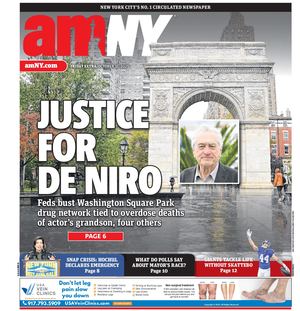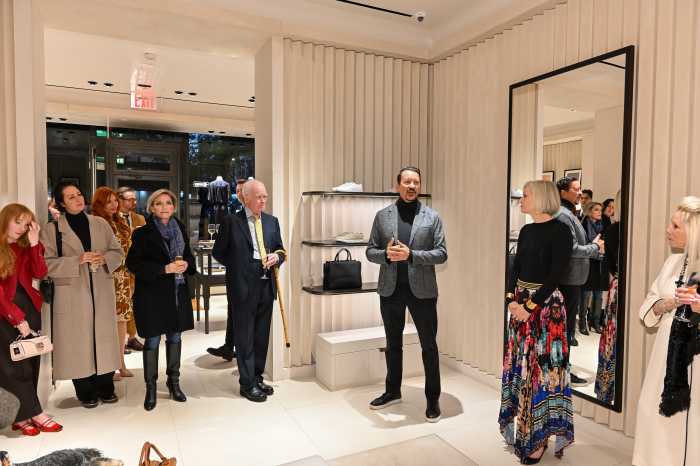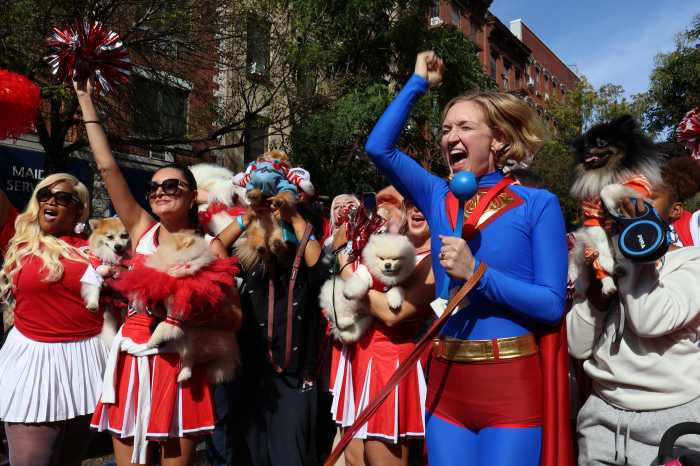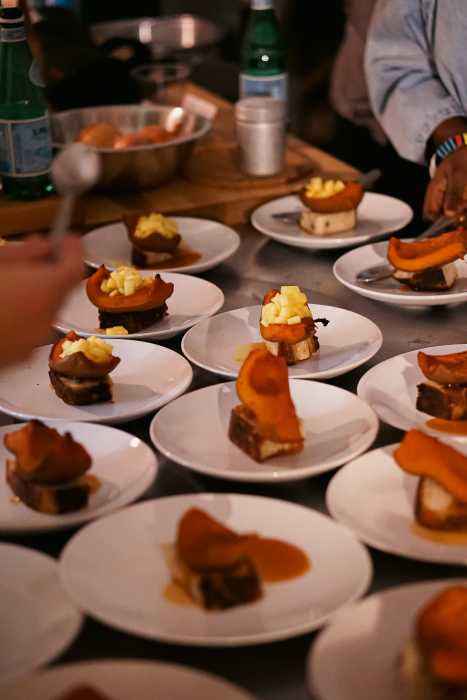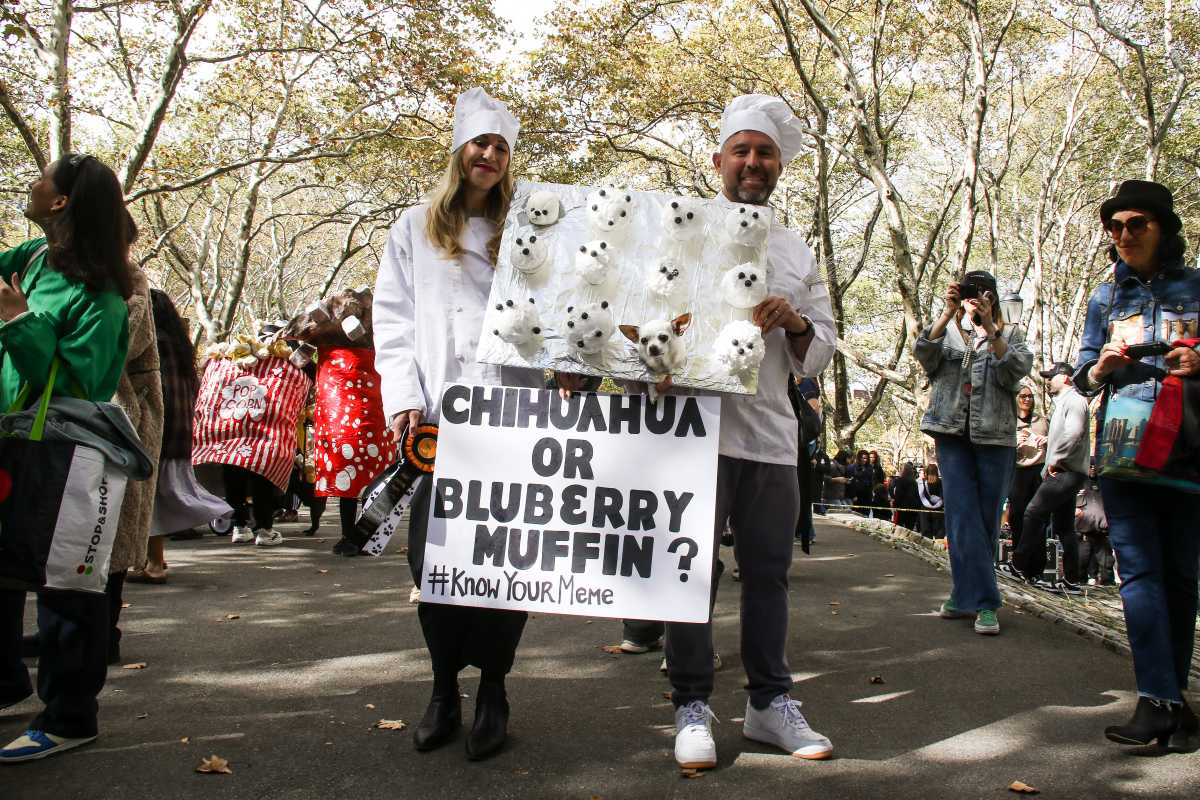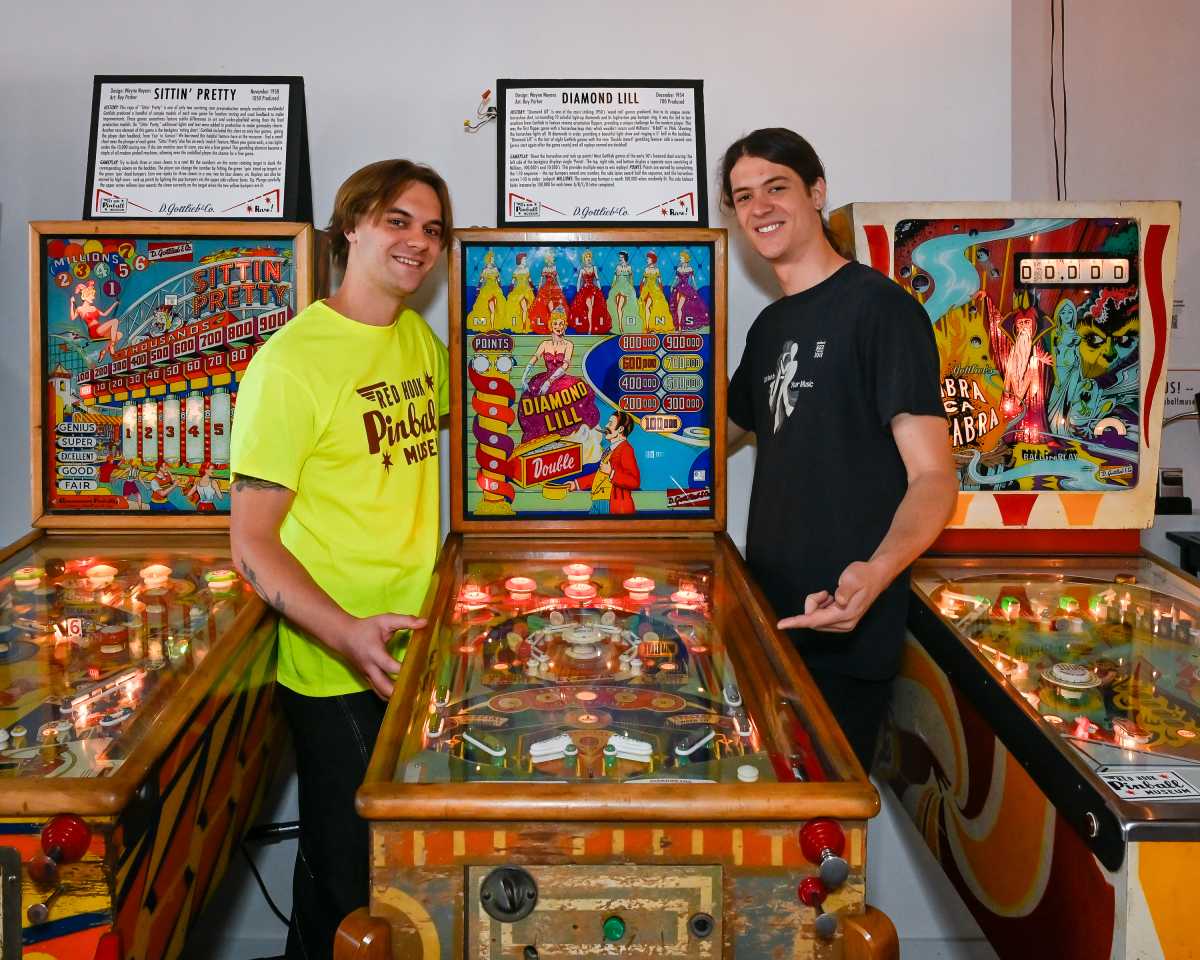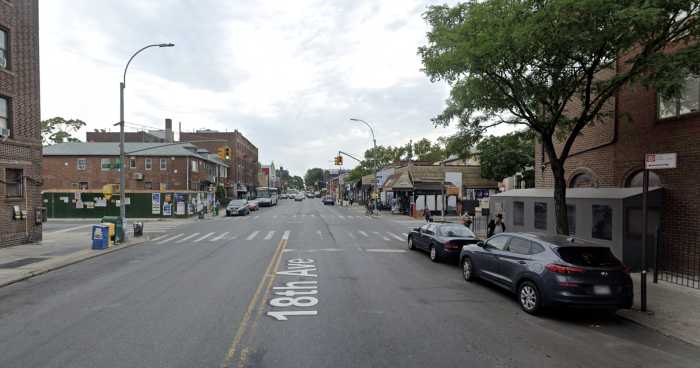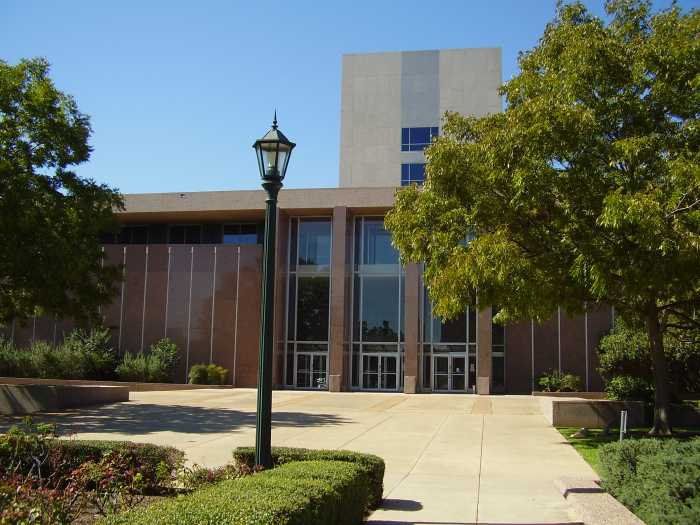There’s wealthy, and then there’s Huguette Clark. Born in 1906 to copper baron William A. Clark (he was at one time the second-richest man in the country, behind John D. Rockfeller), Clark never worked a day in her life and died in 2011 at Beth Israel Hospital after living within hospital corridors since 1991. Before her sojourn to Beth Israel, she hadn’t been seen outside her Fifth Avenue apartment since 1968.
Who was this reclusive heiress, and how did she end up that way? Author Meryl Gordon examines Huguette’s Clark’s life in “The Phantom of Fifth Avenue: The Mysterious Life and Scandalous Death of Heiress Huguette Clark.” We break down some of the highlights from the book.
1. Although most people described Huguette with delicate words, the former director of the Corcoran Gallery in Washington, D.C. (who dealt with her charitable contributions) did not mince words. “She was a nutcase,” said David Levy. “If you have a nutcase giving you between $25,000 and $100,000 per year, you’ve got to let it ride.” (pg. 9)
2. Huguette’s father, William Andrews Clark, made his fortune in the Wild West. Born in 1839 in Pennsylvania, he moved to Montana as a young man and learned how to rip people off — sorry, mark up prices — early in life. After dusting for gold, he bought up large shipments of eggs and sold them at $3 per dozen to miners (the actual price of eggs was closer to $0.25 per dozen). “He found moneymaking opportunities everywhere,” writes Gordon. (pgs. 44-45). He made his fortune in the copper mines of Butte, Montana, where he later controlled nearly every city service and owned a thirty-four room mansion known as the Copper King Mansion. (pg. 39) Later in life, Clark would become famous for allegedly buying a Senate seat (one of the people who inspired the 17th Amendment declaring direct election of senators, what an honor), and was described by Mark Twain: “He is as rotten a human being as ever can be found anywhere under the flag; he is a shame to the American nation and no one has helped to send him to the Senate who did not know that his proper place was the penitentiary, with a ball and chain on his legs.” (pg. 62)
3. William Clark and his first wife first arrived in Manhattan in the 1870s in the “post-Civil War boom when the city was rife with newly-mined millionaires,” writes Gordon. (pg. 46) They lived in an apartment in the west 50s, ho-hum. But things got wild after he married Huguette’s mother, Anna (whom Clark took in as a 15-year-old ward, shipped her off to live in Paris and they never produced any evidence that they legally wed — but that’s another story), and he and his new wife moved to their custom-built mansion on Fifth Avenue. The 151-room mansion, located at Fifth Avenue and 77th Street, had “every modern convenience: a swimming pool, dressing rooms fitted with Carrara glass, a Turkish bath, a wine cellar, safe deposit vaults for Anna’s impressive jewelry, an air filtration system, three boilers, and an eighty-ton coal storage room, all in the basement. An elevator large enough for 20 people had been installed, as well as a spectacular white marble staircase suitable for a grand entrance, with balustrades of gold and bronze. Clark built four large art galleries to showcase his paintings, sculpture, tapestries, Egyptian antiquities, and majolica. The banquet hall, paneled in English oak, was carved in the style of Henry IV.” (pg. 77)
4. Despite this (not) understated house, Clark “practiced ludicrous frugality. He took the subway in New York and caused a scene one day when he lost a penny in a chewing gum machine at the Fourteenth Street station. One of the richest men in America, he was sufficiently annoyed that he complained to the station manager, missing two uptown trains until he got his money’s worth, much to the merriment of his fellow passengers.” (pg. 78)
5. The Clarks split there time between New York and Paris (as upper class people in the 1910s apparently did), so it was perhaps no surprise that they were in Paris when World War I broke out. Although the Clarks were listed by the U.S. State Department of well-known Americans whose safety was at risk, French banks refused to cash checks from foreigners, and being typical rich people, the Clarks never carried cash and couldn’t get to a port. Eight-year-old Huguette and her older sister, Andrée, saved the day: they raided the gold coins in their piggy banks to pay for the family’s fare to Le Havre. (pg. 89)
6. William Clark was surrounded by death of beloved family members for much of his life: three of his children from his first marriage did not survive to adulthood, his first wife died of typhoid in 1873, and Huguette’s older sister Andrée died of spinal meningitis in 1919 at the age of 16. Clark, meanwhile, lived until the age of 85 in 1925. His secret to a long life? “‘I find what is termed the simple life very conducive to the maintenance of good health–that is temperance in eating, observance of full quota of sleep up to eight hours, plenty of exercise in the open air and freedom of mind from disturbances and annoyances. This can often be secured by exercise of the volition and mental control.'” (pg. 96)
7. Before he died, Clark had time to give his young daughter psychological trauma about the giant fortune he left her. “‘Her father always said to her, ‘No one will really love you, you have to be careful. No one will love you for who you are. They will love you for your money,'” recounted [Huguette’s friend Suzanne Pierre’s granddaughter Kati Despretz] Cruz.” (pg. 115)
8. After her father’s death, Huguette Clark became a socialite, similar to Serena van der Woodsen. Well, an off-kilter Serena van der Woodsen, that is–but it didn’t last. She was listed in the Social Register, and she took painting lessons with the distinguished Polish painter Tadé Styka. (He was not exactly famous for taking on pupils, but he was very fond of Huguette, and the two corresponded flirtatously until his death. Huguette was the godmother to his daughter, Wanda.) She served as a bridesmaid to Spence School classmates and gossip columnists Walter Winchell and Cholly Knickerbocker would devote whole columns to her. Her only marriage, though, was to the son of her father’s accountant, William Gower, a Princeton man who her mother allegedly paid $1 million to marry her in 1928. The marriage lasted less than two years, and she later told people the marriage was never consummated. “The couple honeymooned in San Francisco; their wedding night was a disaster. Huguette could never bring herself to reveal the full details.” (pg. 144) The sad-faced photograph taken of Huguette on her honeymoon by the Associated Press–it was featured in her obituary in The New York Times–is the last known public photograph of Huguette. (pg. 152)
9. A fanatic about Japanese culture, World War II put Huguette on the radar of the FBI. “Until Pearl Harbor, Huguette had been receiving regular shipments of Japanese dolls, castles, and antiques. At her Fifth Avenue apartment, she received a series of unsettling visits from the FBI.” (pg. 187) Huguette, who had a large estate in Santa Barbara as well that she frequently visited until the 1960s, also personally knew Japanese residents rounded up to life in internment camps–and she stayed in touch with one couple many decades after their release. “All of it–the specter of attack right after Pearl Harbor, the FBI interrogation, the demonetization of Japan, sent Huguette into a tailspin.” (pg. 188) Her fears did not end after the war. In 1951, she purchased a country refuge (a 22-room mansion) in New Canaan, Connecticut–with the primary purpose of protecting her from the “atomic bomb.” (pg. 194) Despite renovating it and keeping maintained the rest of her life, she never once visited the estate. (pg. 198)
10. After her mother’s death in 1963, Huguette’s descent into being a full-on recluse began. Although her Fifth Avenue apartments (with a total 42 rooms amongst them, plenty of places to hide from the servants) in many ways remained a reminder of an earlier era, Huguette did have one modern vice: television. “With so much time on her hands, Huguette became addicted to television. She had eclectic viewing habits: she favored “The Dick Cavett Show” and “The Forsyte Saga” but also had a deep fondness for cartoon shows such as “The Flintstones” and “The Adventures of Rocky and Bullwinkle. Once early television recorders were developed, she taped shows for her ex-husband, shipping thirty-seven boxes of tapes to Bill in the South of France; he sent a grateful but startled note requesting a valuation for customs.” (pg. 210)
11. Huguette was last seen in public in the late 1960s, and then eventually even her servants never even saw her as Huguette would make sure she was in a separate apartment whenever they came by. In 1991, she entered Doctors’ Hospital on East End Avenue to undergo treatment for skin cancer, and she simply never left. The hospital had once had a reputation for being a fashionable hospital for New York’s wealthy, but now it had been bought by the more downmarket Beth Israel (it was renamed Beth Israel North in 1994). Huguette was red-flagged as wealthy from the moment she entered the hospital in a private ambulance–and the hospital never forgot it. She didn’t have insurance, so she paid for her time there out-of-pocket. Knowing that she was extremely wealthy, the hospital hit her up for money constantly–even outright asking her to buy the struggling hospital for $125 million in 2004. (pg. 283)
12. During her stay at Beth Israel North, a valuable painting went missing from her collection. Degas’ “Dancer Making Points” disappeared during her stay. The FBI investigated the theft, although Huguette never filed an insurance claim, likely in the hope it would one day show up. (pg. 233) It was eventually found, in 2006, in the collection of Henry Bloch (the H from H&R Block). He said he had bought it from a well-known art dealer, and was unaware it had been stolen. Huguette refused to fight Bloch for the painting, worried about publicity. Her only victory was that Bloch had to lend it the Corcoran Gallery (which her family had helped found in the 1920s) for exhibitions. (pgs. 300-301).
13. Huguette’s mental condition toward the end was much debated, but she read the news obsessively. In 2000, she, like everyone else, closely followed the Bush-Gore election. After a visit in 2000, “Dr. Newman wrote: ‘She focused on the terribly confused political situation (she’s strongly for Gore) and also on the volatile and largely downward spiral of the stock market.'” (pg. 268)
14. For most of her life, Huguette refused to discuss her will, even as most of her contemporaries (and their children) died off. In 2005, she finally broke down and agreed to draft a will. She drafted a will that left a majority of her money to the descendants of her half siblings and aunts and uncles (who she had lost touch with over the decades). But in true scandalous fashion of the fabulously wealth (see: Brooke Astor), she drafted another will just weeks later leaving the bulk of her fortune to charities, her caretaker Hadassah Peri (who received some $35 million in gifts–both money and object–from Huguette since she started working for her in 1991), her lawyer, her accountant, her goddaughter who she had stayed in touch with, and friends who visited her frequently in the hospital. After her death in 2011, a messy fight broke out between her relatives and the beneficiaries of the new will. It was so messy that the Corcoran Gallery declared her will tainted and refused her gift of one of Monet’s “Water Lillies.” (pg. 326) A settlement was finally reached in the will between her relatives and her employees in September 2013.
